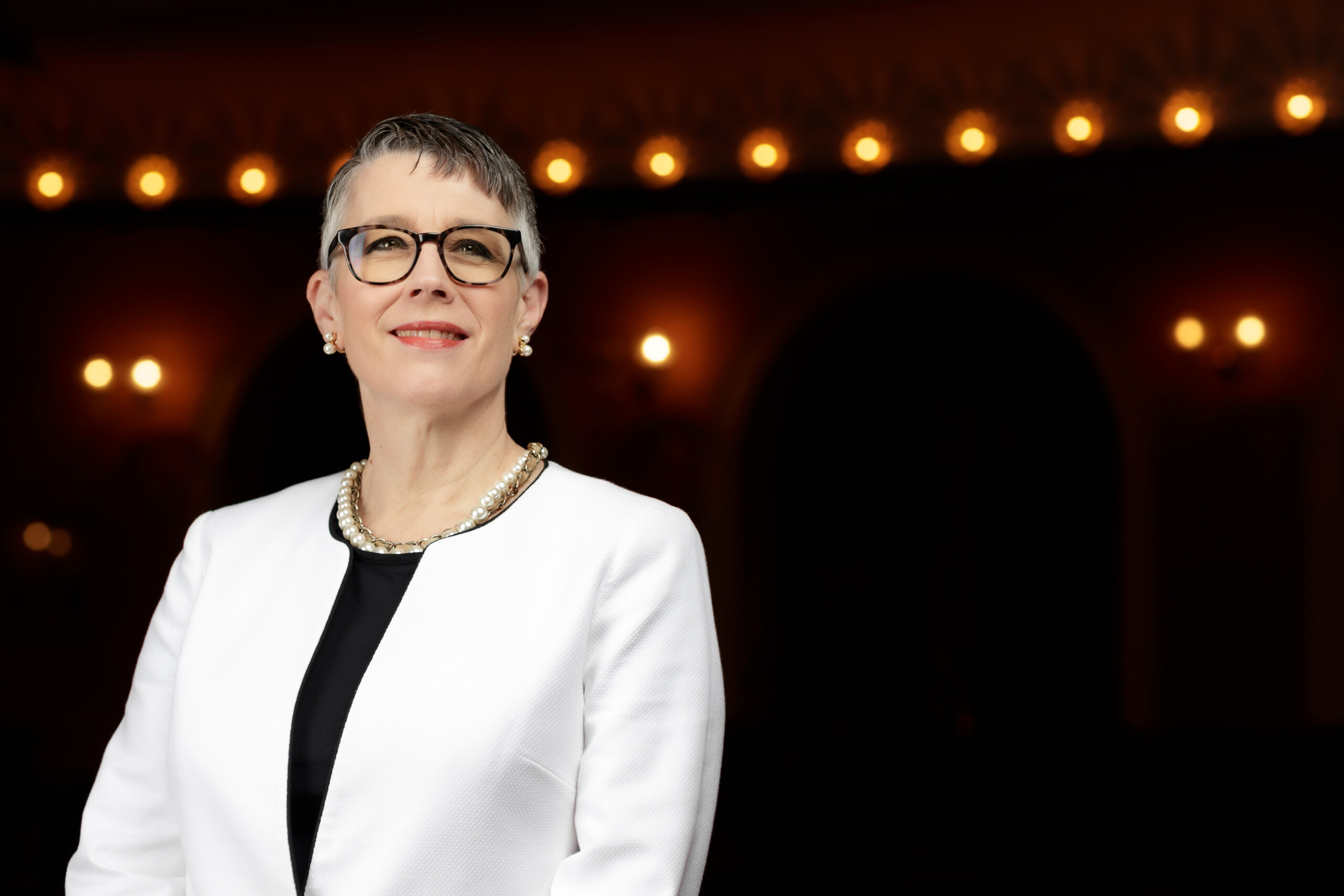
Since Brenau University came into existence in 1878 with the mission to educate women, 11 presidents have guided the institution in attainment of that mission and expanded its impact far beyond what the founder W.C. Wilkes could have envisioned.
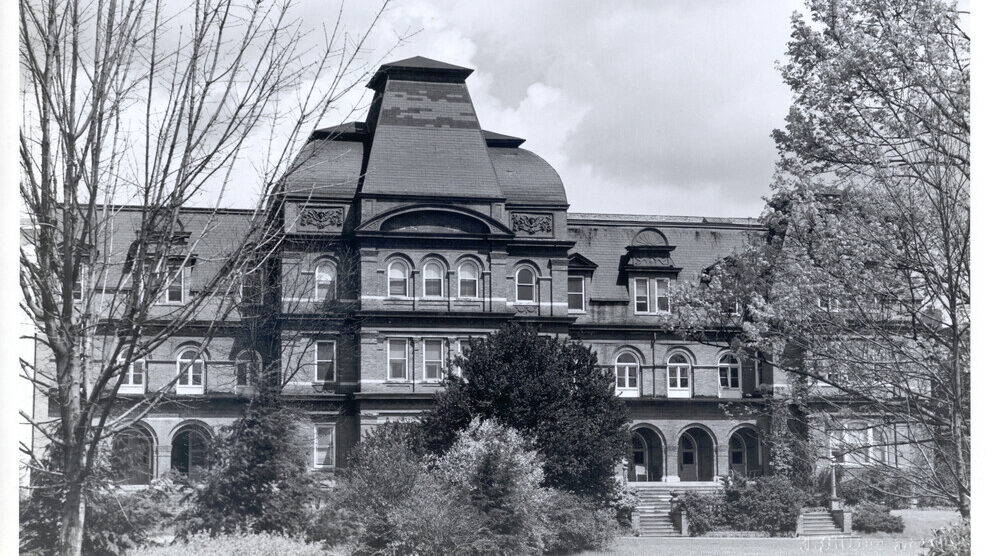
They have constructed buildings, added academic programs, widened the campus’s physical footprints, broadened the arts and humanities and crafted the very identity of today’s Brenau. Each president has built upon the foundation of those who came before, adding their own mortar and bricks – both physical and metaphorical – to establish an institution that stands ready for the next 14 decades. The leadership of Brenau has been supported in these endeavors by the Gainesville community, the growth and development of which has paralleled that of the university.
As Nelson Mandela once said, ““Education is the most powerful weapon which you can use to change the world.” As they have for generations, Brenau’s graduates are prepared to do just that.
Rev. William Clay “W.C.” Wilkes (1878-1886)
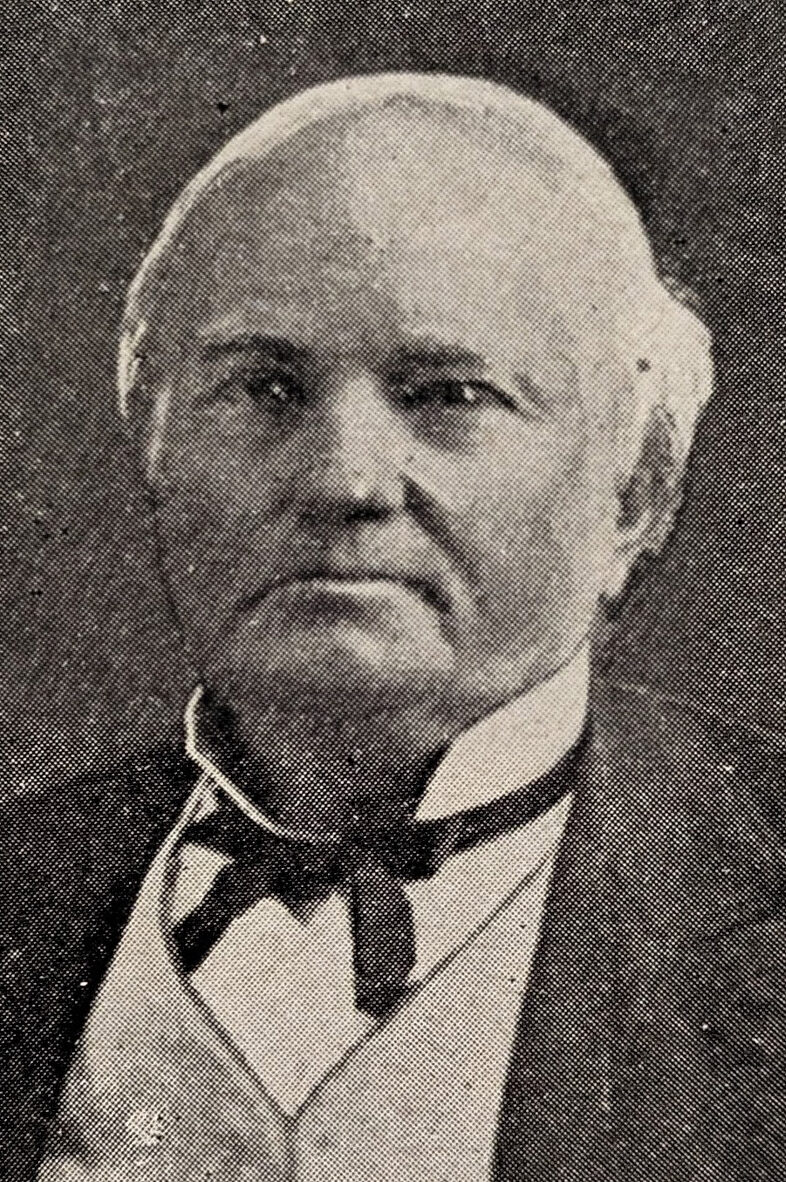
The school that would become known as Brenau opened in 1878 through the efforts of founder Rev. William Clay Wilkes and the financial support of the Gainesville community.
It was one of two schools for women that Wilkes helped start at a time when college studies were not widely offered for women. In 1850, Wilkes was hired as the first president of a female college in Forsyth, Georgia, that became Tift College and later merged with Mercer University, Wilkes’ alma mater.
Wilkes had taught or led schools across the state for three decades before he came to Gainesville, Georgia, in 1875 to serve as pastor of the Baptist Church. Two years later, he expressed interest in founding a school for young women.
“When we appear before an intelligent people and satisfy them that our object is to afford the greatest possible facilities for the education of their daughters, we will touch a chord which will vibrate to the heart of every class of society,” Wilkes wrote in a letter published in the May 25, 1877, issue of the Gainesville Eagle.
The city of Gainesville donated 10 acres of land and funds raised with the help of local businesses facilitated construction on the building that today is known as Wilkes Hall. By August 1878, Wilkes published in the Eagle an announcement for fall term that noted a two-story brick building with 13 rooms and space for 200 pupils would be opening in September to educate girls from primary school to college. The school was called Georgia Baptist Female Seminary, though it was not affiliated with or governed by any religious organization.
“The enterprise is a triumph,” Wilkes wrote. “Its friends are numbered by thousands, all over Georgia.”
Wilkes served as president of the institution until his death in 1886, at which time the school closed and was put up for sale.
Azor W. Van Hoose (1886-1909)

Dr. Azor Warner Van Hoose was only 26, having spent several years as a college professor, when he purchased Georgia Baptist Female Seminary and became its second president. Under his leadership the school attendance increased and it gained a reputation as a conservatory of music.
Like his predecessor, Van Hoose was an alumnus of Mercer; in total, four of Brenau’s 11 presidents have earned degrees from Mercer and a fifth was a professor there.
Van Hoose reopened the school in September 1886. About two years later, Van Hoose added a second building to the school; Bailey Hall was named for the town physician and close friend Dr. J.W. Bailey. The school’s original building, Wilkes Hall, began being used as a dormitory in the following years.
While Van Hoose steadily grew enrollment of the school, he sought a partner in the school in the 1890s. He sold half of his shares to Dr. Haywood Jefferson “H.J.” Pearce Sr. in 1893 and the two led the school as co-presidents for 16 years until Van Hoose left to become president of Shorter College in Rome, Georgia.
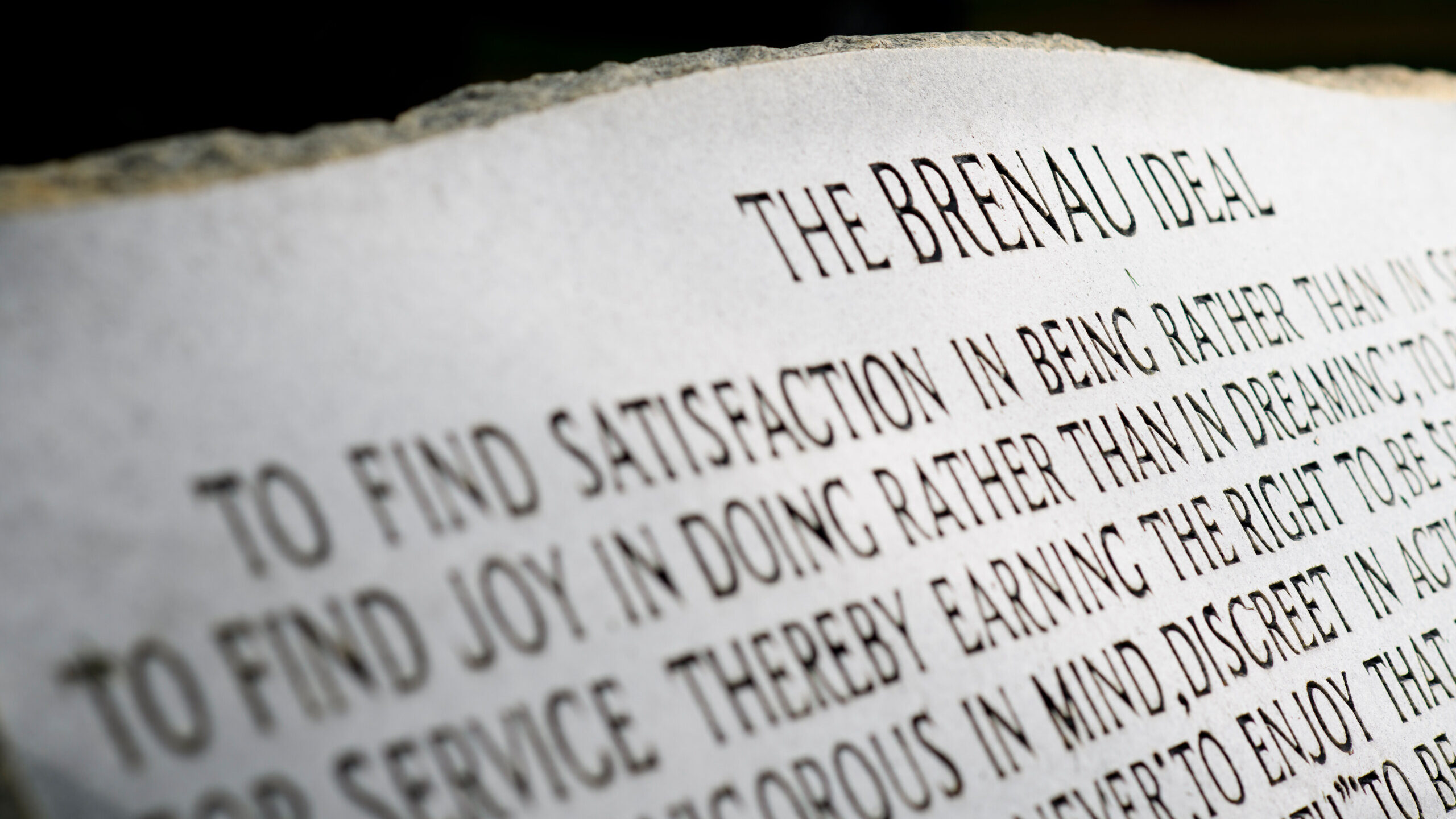
Dr. Haywood Jefferson “H.J.” Pearce Sr. (1893-1943)

From governance to its name and very essence, no other president has left such an indelible mark on Brenau as Pearce. He served as president for 50 years – more than one-third of the school’s history – and presided over the school as it entered the 20th century. Under Pearce’s leadership, Brenau grew in academic offerings, enrollment and prestige.
In 1900, it was determined that a new name was needed for the school. Brenau College, as it was renamed, was created by using a syllable from “brennen,” a German word meaning to burn, and another from “aurum,” the Latin word for gold – gold refined by fire.
Pearce, who had earned degrees from Emory at Oxford, the University of Chicago and the University of Wuerzburg, Germany, also wrote the Brenau Ideal in 1917. More than 100 years after it was written, the Ideal remains the university’s guiding light – especially for students of The Women’s College. From the opening days of their first year at Brenau, students are introduced to the Ideal and it is referenced frequently during university events such as convocation and commencement and is inscribed in various locations around the historic campus.
While he shared the presidency with Van Hoose, the pair also solicited funds from the Gainesville community to build an auditorium, which was dedicated in 1897. Today it bears Pearce’s name and stands as an iconic landmark of the university. Several other buildings were added during his presidency, many of which are still in use today.
Shortly after Van Hoose’s departure, Pearce reached out to Dr. Thomas Jackson “T.J.” Simmons – who had been president of Shorter from 1898 to 1910 – to become a co-owner and co-president of Brenau. After the death of Simmons’ wife, Pearce bought out his interest in the college to become the sole president until his own death in 1943. Lucile Townsend Pearce, his wife, oversaw the school’s operations committee until 1945.
Simmons and Pearce would be the last presidents to also have ownership of the school.
During their tenure, a governing board that would come to be known as the Board of Trustees was established with Simmons and Pearce included as members. This significant change for Brenau meant ownership of the college transferred to a presiding board that provided oversight and started the university’s endowment – at Pearce’s urging.
Today, the Pearces are remembered through Brenau’s mascot “H.J.” and the bronze statue of “Lucile,” the Golden Tiger, near Green Street in Gainesville.
In addition to his impact on Brenau, Pearce served as the first president of the Southern Association of Women’s Colleges and authored several books. He also established all-male Riverside Military Academy, now known as Riverside Preparatory Academy, and the former all-female Brenau Academy boarding school.
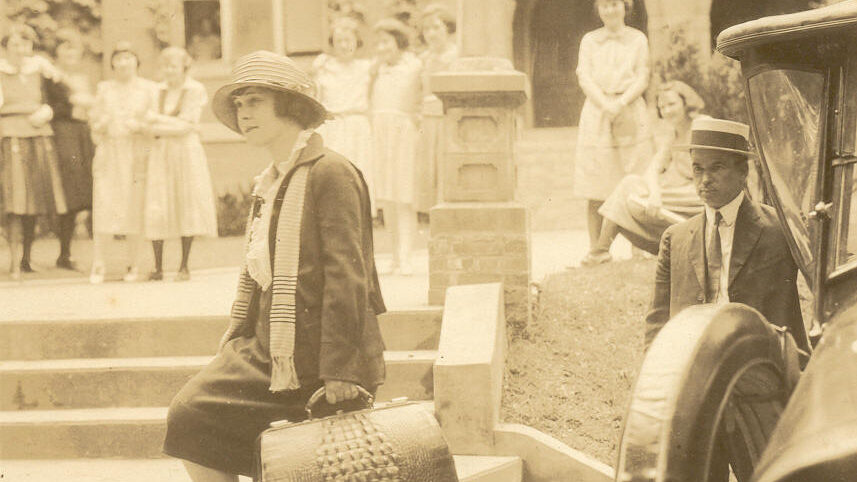
Thomas Jackson “T.J.” Simmons (1910-13)
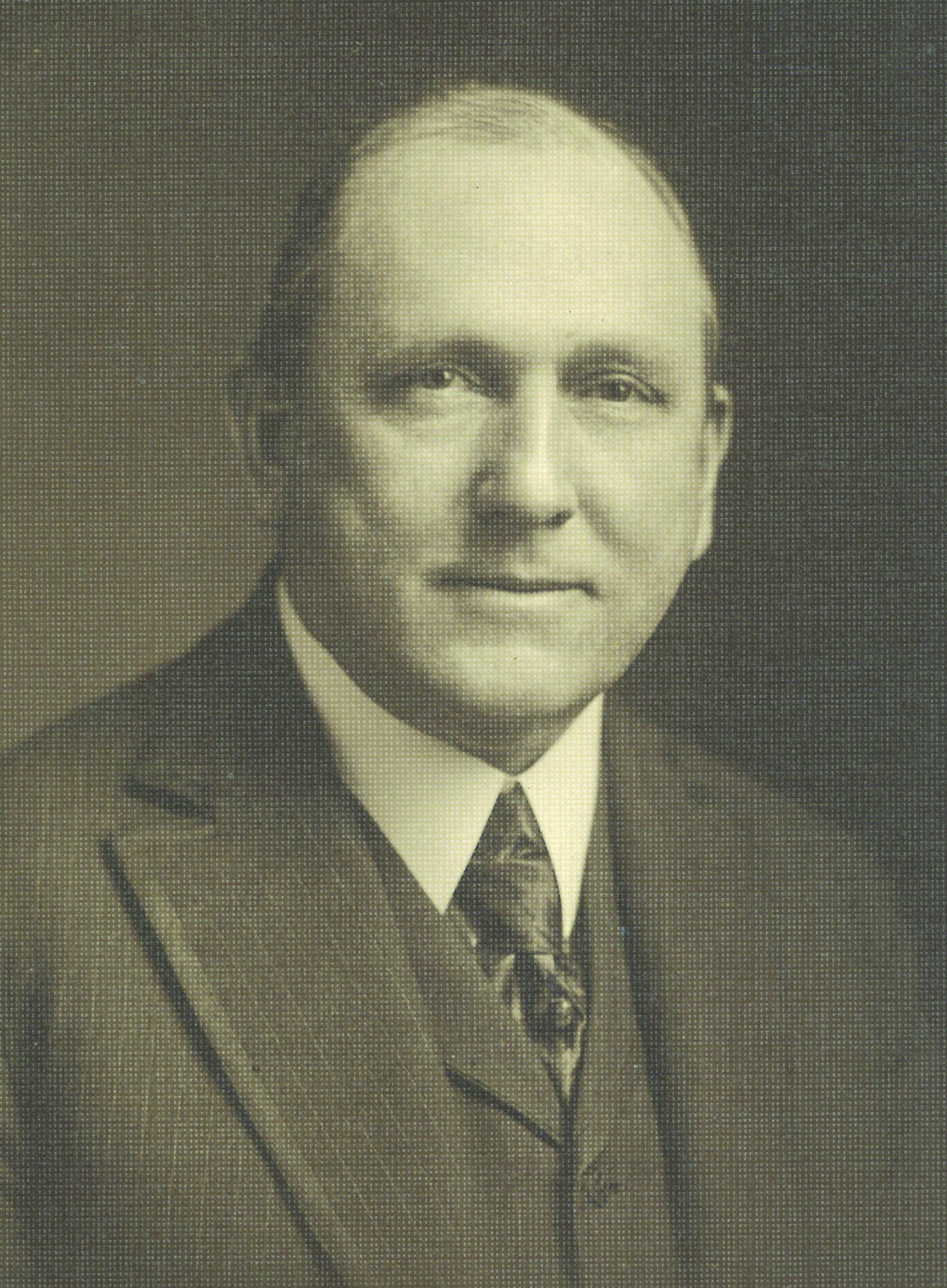
As the fourth president of Brenau, Simmons began building a foundation for teaching and appreciation of the arts that continues as a vital part of Brenau’s mission today.
Simmons, who had a law degree from Wake Forest University, had served as the conservator of music and president at Shorter before joining Pearce at Brenau. He also was inspired by his wife, Celestia “Lessie” Muse Southgate Simmons, who was an internationally accomplished musician and taught music at Brenau. He and his wife also collected art from their various travels around the world
Though his presidency was brief, Simmons’ impact included building Yonah Hall and the building that later would be named Simmons Visual Arts Center. Upon his wife’s death, Simmons commissioned the Lessie Southgate Simmons Memorial Hall in her honor.
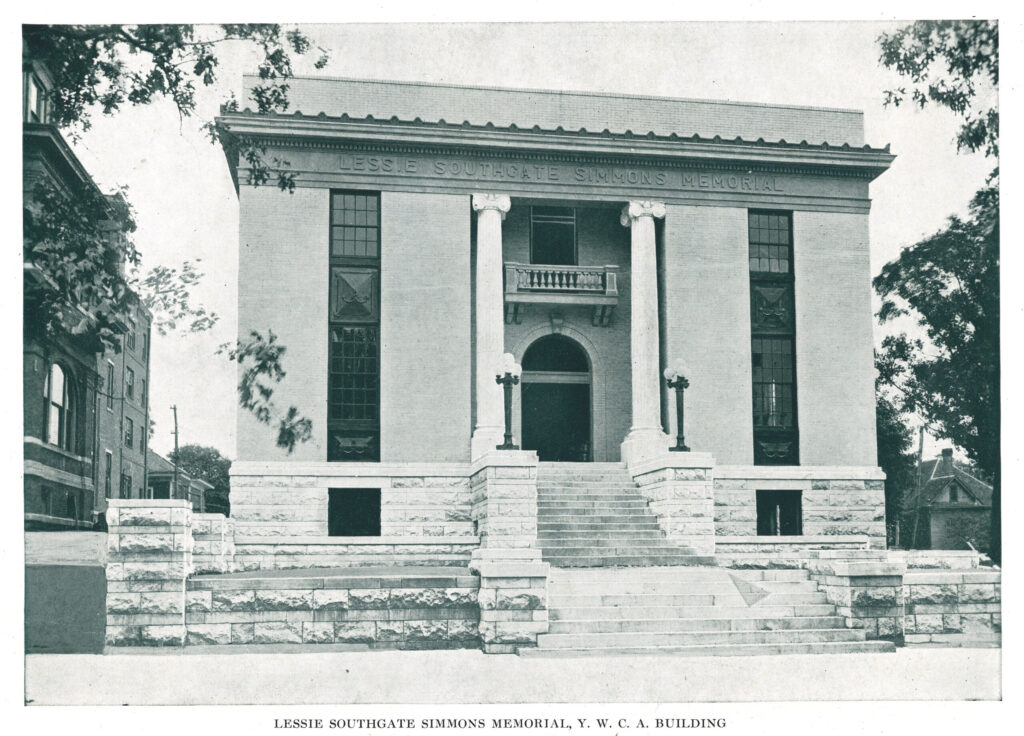
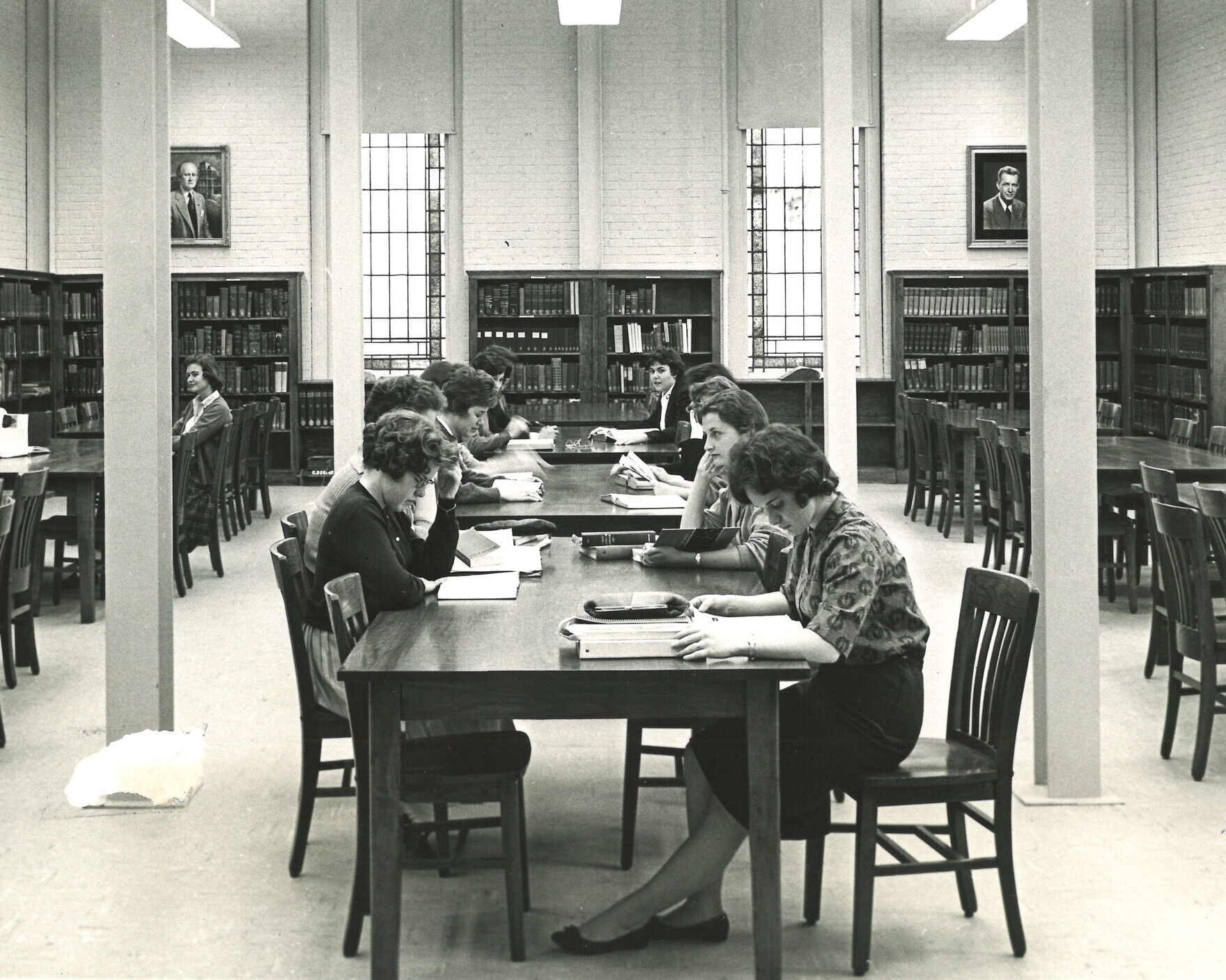
Josiah Crudup (1945-68)
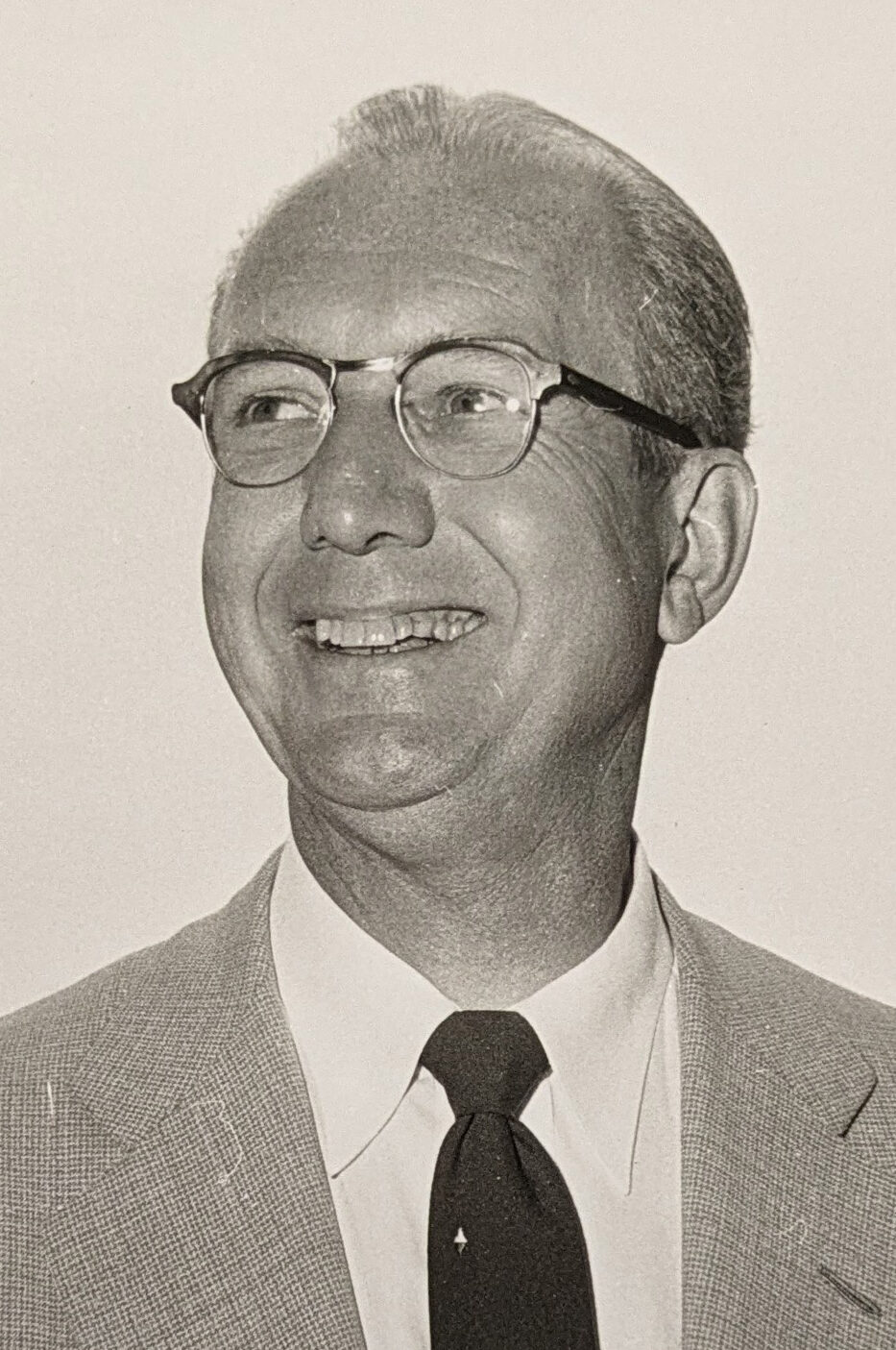
After Pearce’s death, Brenau’s Board of Trustees hired Dr. Josiah Crudup as the fifth president. He spent more than two decades in the role. He helped expand and beautify the campus by adding a larger dormitory that later was named after him, the Mary Tallulah Jewel Home Economics Building, the Science Building and the Student Union.
With degrees from Mercer, Peabody College and the University of Chicago, Crudup focused on creating a unified campus development plan for the 40-acre campus and its 48 buildings that helped the area easily become identified as Brenau College.
Under his leadership, the school acquired more land and relinquished 20 years of debt. In addition to his accomplishments at Brenau, Crudup was an active member of the Gainesville community. In 1960 he was chairman of the Citizens’ Advisory Committee to the city of Gainesville. Crudup was also a member of the Hall County Chamber of Commerce. He was recognized for his dedication to the Gainesville community with the Rotary Club “Man of the Year” Award.
Dr. William K. Clark (1968-70)
Crudup retired from Brenau in 1967. Dr. William Kenley Clark, who previously had been a vice president at Brenau, was named the university’s sixth president. However, Clark resigned after a nearly two-year tenure as president due to personal reasons.
Crudup returned to lead the institution as acting president until the Board of Trustees hired Dr. James T. “Jim” Rogers as the university’s seventh president in 1970.
Dr. James T. “Jim” Rogers (1970-85)

Rogers presided over some of the most significant social and academic transformations at Brenau – most striking of which was the introduction of co-educational studies.
Rogers has a doctorate from Florida State University. He was a respected and influential figure in the field of education.
Soon after beginning his presidency, Rogers created the Professional College to offer degrees to adult male students as well as master’s degree programs in professional fields for all students. It marked the move from an all-female school to the beginnings of co-educational education.
Another significant change came in 1978 when Rogers led the merger with the Hall School of Nursing. Soon after, the first bachelor’s degree in nursing was offered; today, nursing is one of the biggest programs at Brenau.
Rogers also built a new natatorium, gym and amphitheater, all of which are still in use today, and celebrated the reopening of the newly renovated Pearce Auditorium in 1984. During his presidency, the Gainesville Theatre Alliance was created through one of the first-ever collaborations in higher education between a private institution, Brenau, and a public institution, then called Gainesville College but now known as University of North Georgia.
Following his tenure as president of Brenau, Rogers served more than two decades as executive director of the Southern Association of Colleges and Schools Commission on Colleges. The group annually presents the James T. Rogers Distinguished Leadership Award, which is designed to recognize outstanding involvement in and support of the organization.
Trustees hired Dr. John S. Burd in 1985 as the eighth president to succeed Rogers.
Dr. John S. “Jack” Burd (1985-2004)

Burd, a current president emeritus, was instrumental in Brenau achieving university status and expanding the arts. In 2004, then-Congressman Nathan Deal, who would go on to become Georgia’s governor, recognized Burd in a speech before the U.S. House of Representatives.
“Since he first assumed office, his vision of private liberal arts higher education, his dedication, hard work, personal sacrifice, and love of the arts have transformed the college into a nationally recognized university and enhanced the lives of thousands of children and adults of all ages. This multifaceted institution has flourished academically, by student enrollment, by improved facilities, and economically,” Deal said. “How can one exaggerate the importance of what this man has given to northeast Georgia? … Thank you, Dr. John S. Burd, for all you have given the citizens of northeast Georgia.”
Burd’s initial efforts to contact famed artist Jasper Johns, whose aunts attended Brenau, were unsuccessful – until he connected with Johns’ agent, Leo Castelli. Thus began a friendship that brought hundreds of renowned artists and their work to Brenau. Today, the Permanent Art Collection numbers more than 4,500 pieces from regionally and internationally recognized artists. Brenau features five gallery spaces.
He also established the Weekend College – the state’s first – and the Online College at Brenau. He also built and renovated a number of campus buildings including the library and other academic and residential facilities.
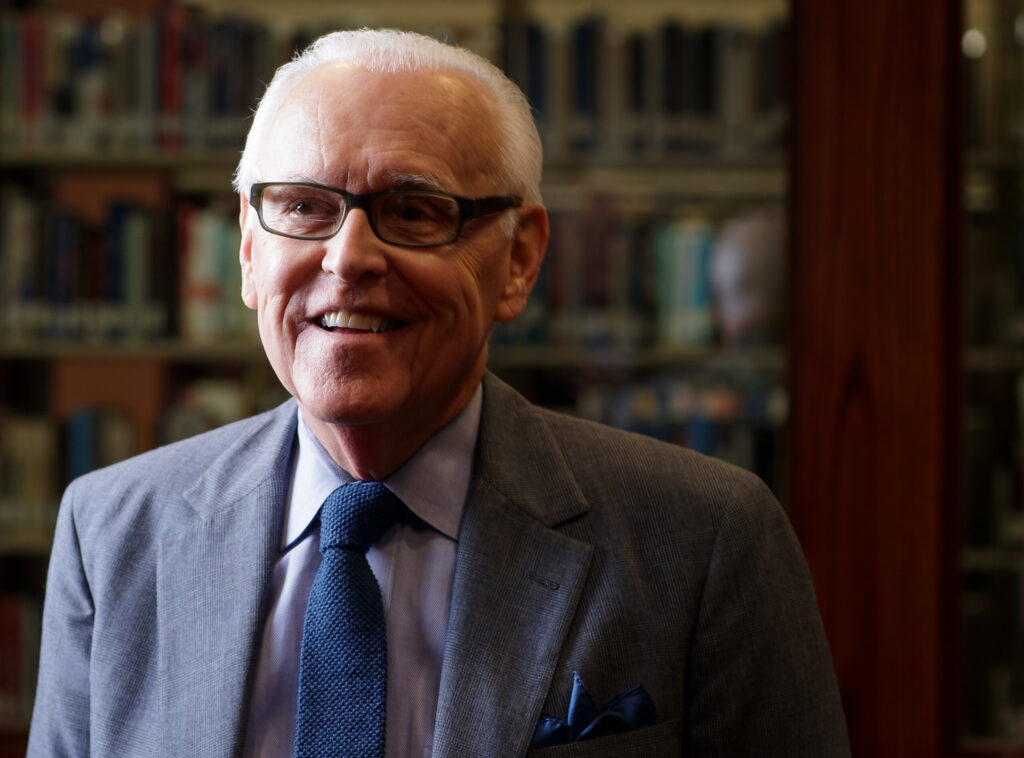

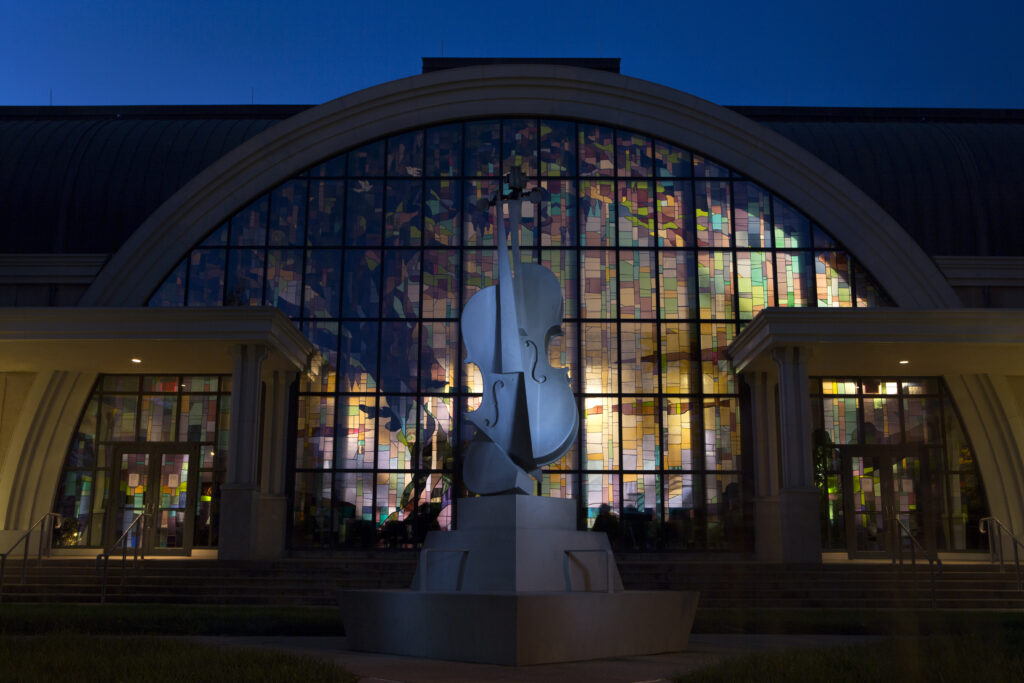
The John S. Burd Center for the Performing Arts, a Brenau landmark with its distinctive stained glass facade, was dedicated in 2002 to recognize his contributions to Brenau and the arts. It houses the Hosch Theatre, Leo Castelli Gallery, Disque Lecture Hall and Banks Recital Hall.
When Burd retired in 2004, trustees hired Dr. Edward L. “Ed” Schrader – like Van Hoose and Simmons before him, president of Shorter – as Brenau’s ninth president.
Dr. Edward L. “Ed” Schrader (2005-19)
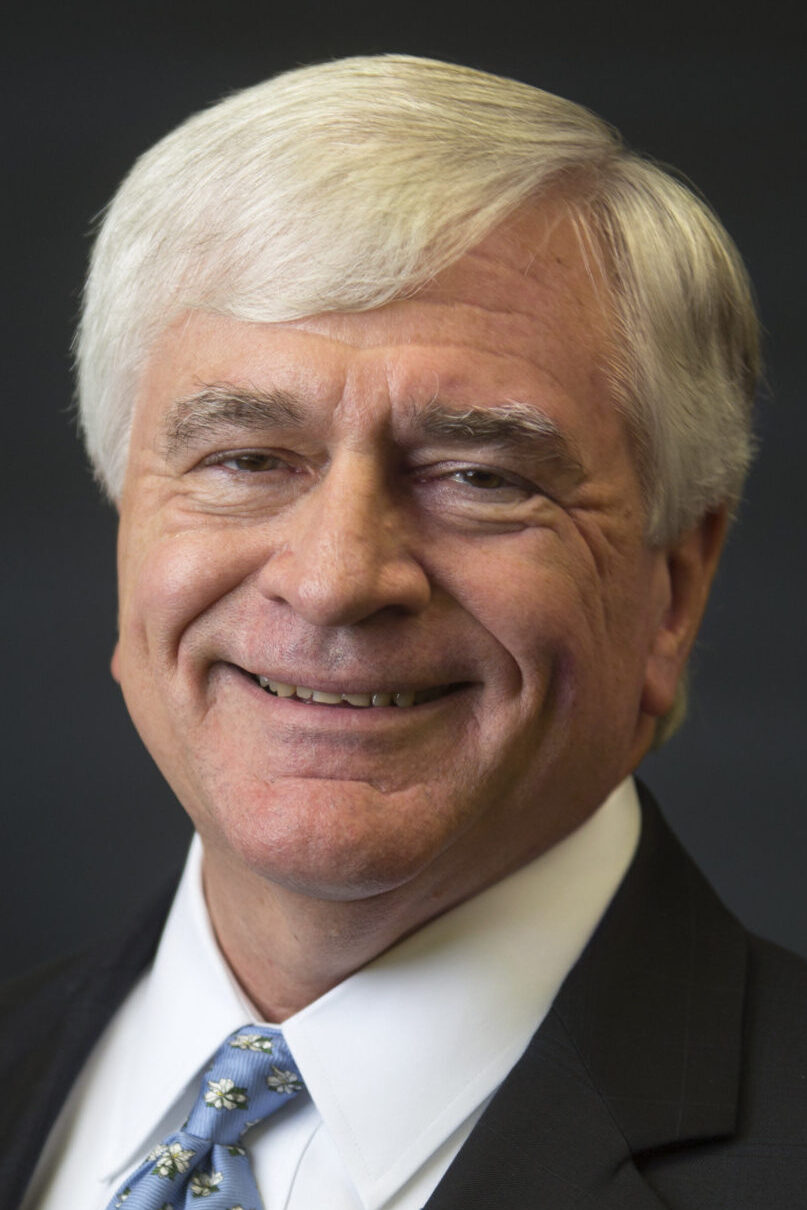
Schrader, current president emeritus, put the university on an aggressive growth trajectory during his 14-year tenure. Brenau nearly doubled its endowment, increased enrollment and continued to grow the Permanent Art Collection.
He preserved the historic Women’s College while adding job-producing co-educational programs. Under Schrader’s leadership, the university launched its first four doctoral programs: the Doctor of Nursing Practice, the Occupational Therapy Doctorate, the Doctor of Physical Therapy and the Doctor of Education. Under his tenure, the Ivester College of Health Sciences was established and became Brenau’s largest college.
Schrader also led the expansion of Brenau’s footprint from the historic 55-acre campus in Gainesville, including the Brenau East facility located in the Featherbone Communiversity about a mile from the main campus and the Brenau Downtown Center, formerly the Georgia Mountains Center, on the city square. The university also opened a new 70-bed dormitory, four new sorority houses, and the Ernest Ledford Grindle Athletics Park.
Among other accomplishments during his tenure, Schrader expanded Brenau’s athletics by increasing the number of teams and student-athletes. In 2023, Brenau dedicated the Schrader Athletic Center to honor Schrader; additionally, the basketball court inside the center is the Ed L. Schrader Court.
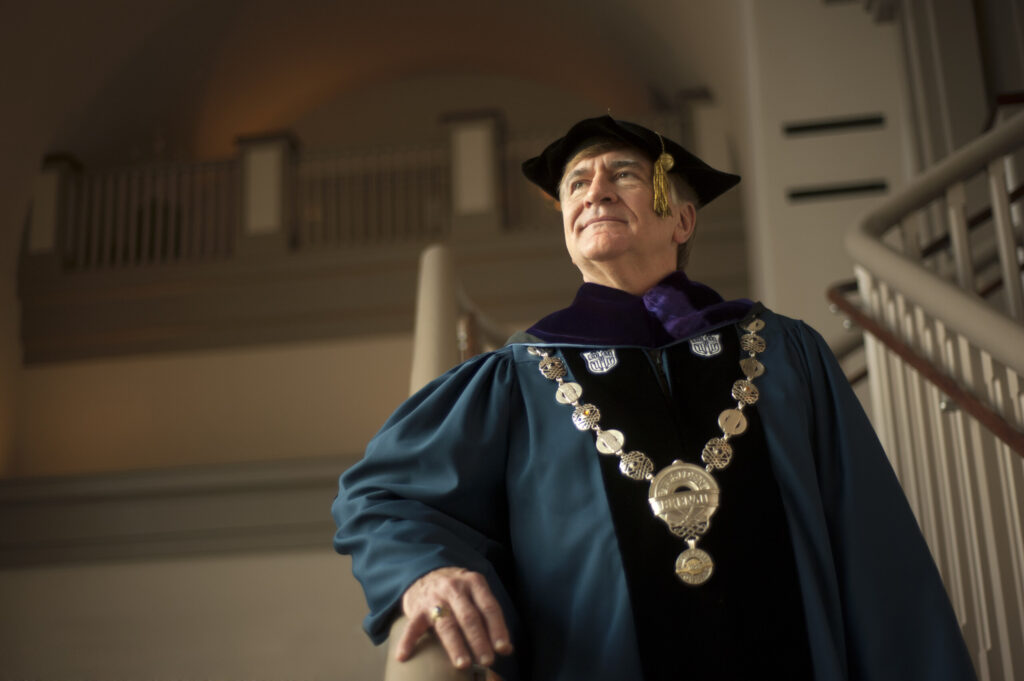

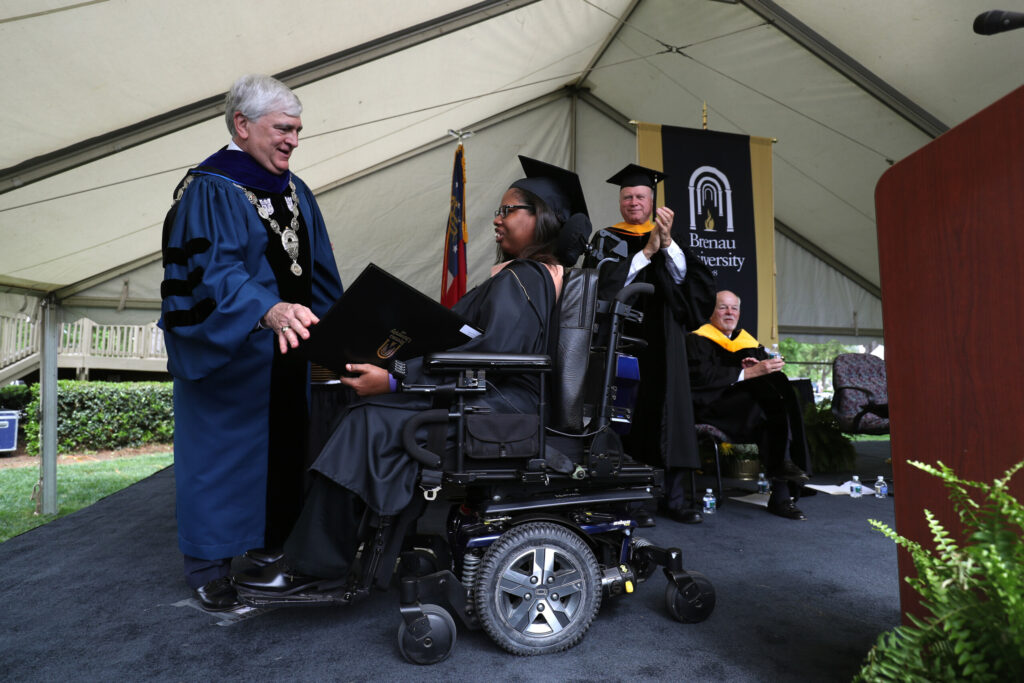

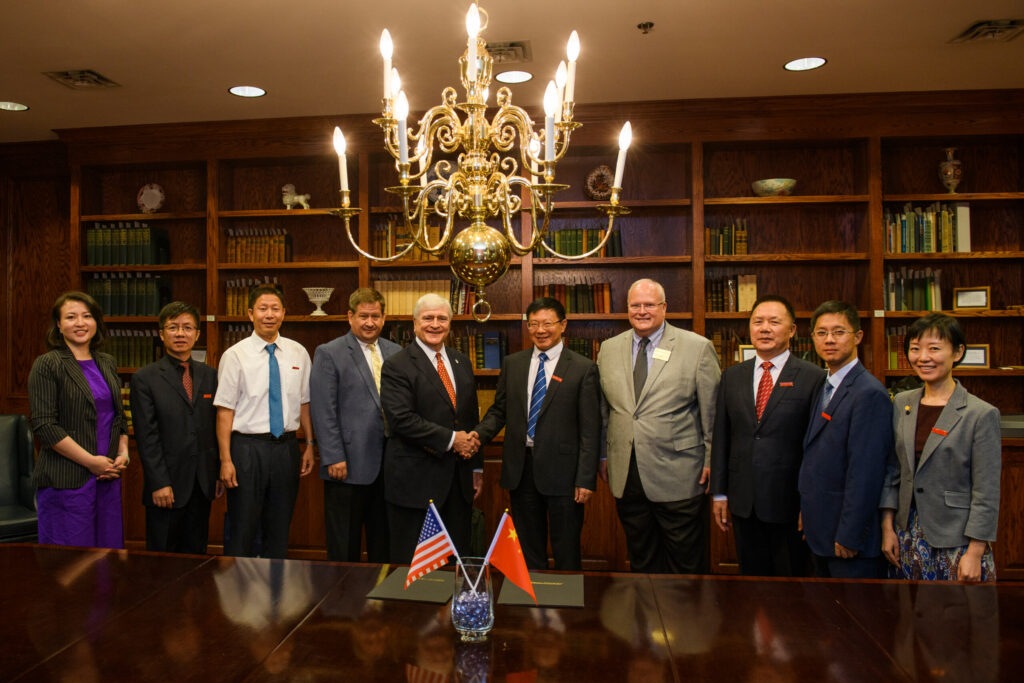
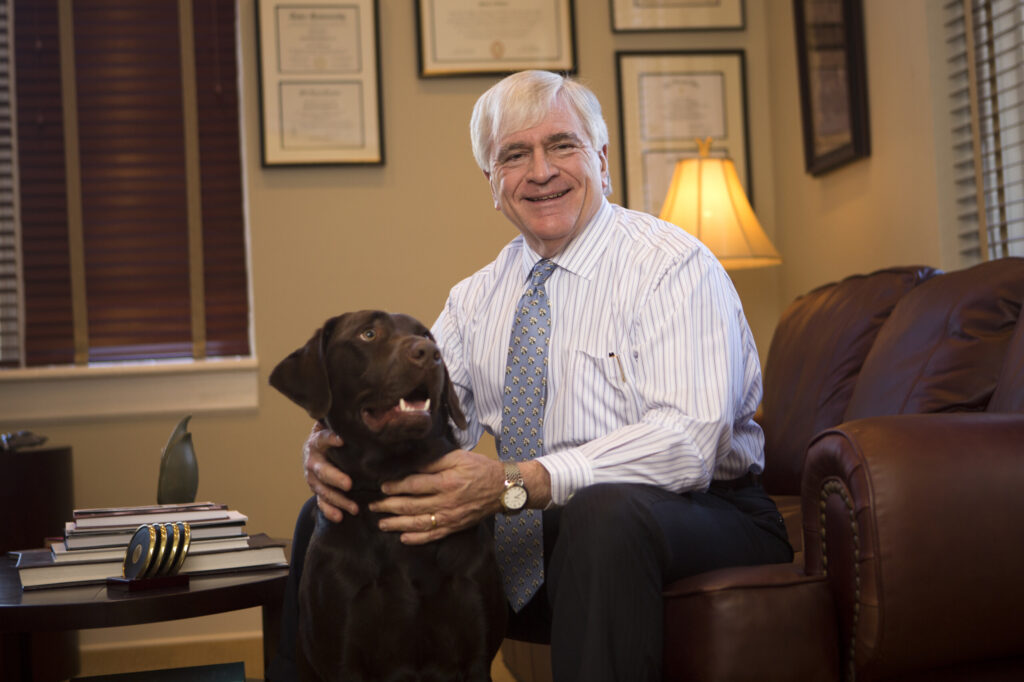
“I feel that my legacy is the diplomas that were granted during the time I spent here at Brenau, because I know those women and men are living lives they wouldn’t have lived had they not been with us,” Schrader said at the dedication ceremony. “I do believe that Brenau provides a special experience and a special opportunity for our graduates. That really is the reason to be here.”
In addition to his academic roles, Schrader’s career in geology included chief geologist for J. M. Huber Corp., vice president of United Catalysts Inc., president of Diversified Minerals Corp. and CEO of Consolidated Ecosystems Inc.
Upon Schrader’s retirement, trustees hired Dr. Anne A. Skleder as the 10th president of Brenau.
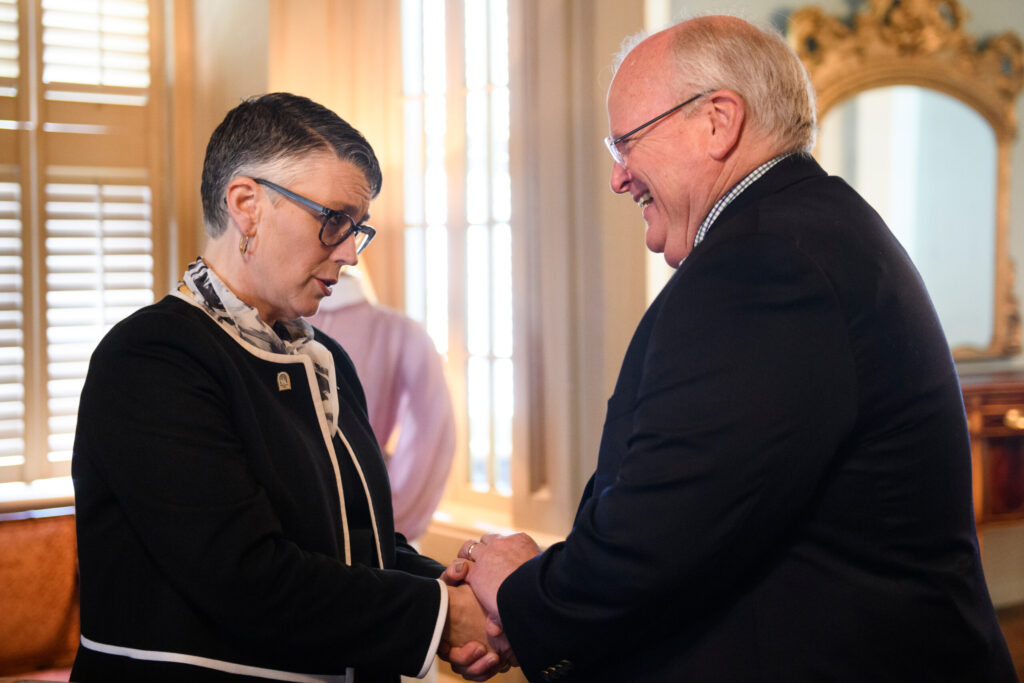
Dr. Anne A. Skleder (2019-23)
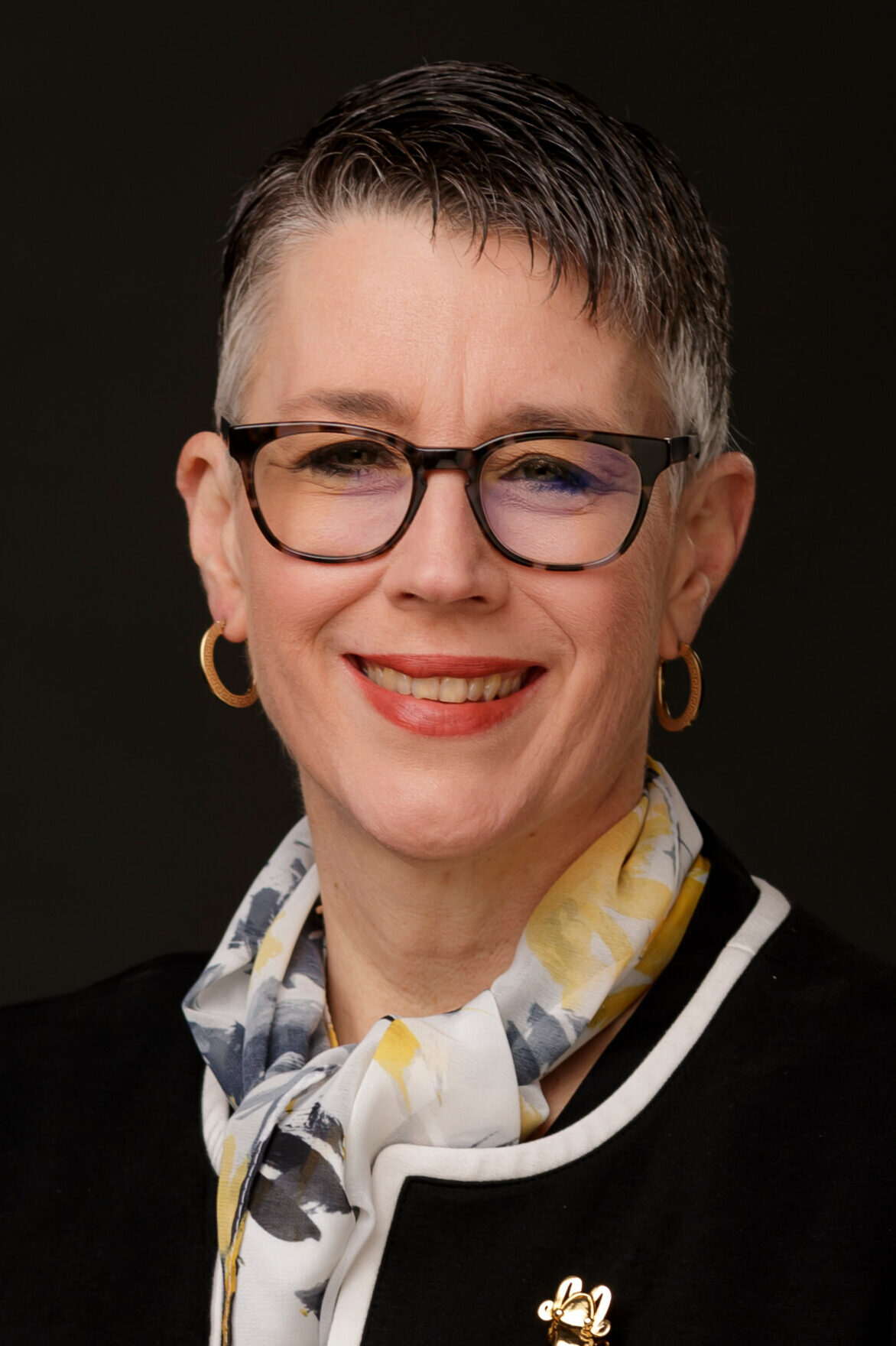
Skleder, Brenau University’s first female president, prioritized students, establishing a scholarship for first-generation students and expanding academic opportunities. Under her leadership, Brenau expanded Brenau’s Downtown Campus, elevated the Lynn J. Darby School of Psychology and Adolescent Counseling and established the Miller Institute for Global Education. She also successfully prepared the university for the decennial review by its accrediting body.
Read the full story about Dr. Skleder in the 2024 Brenau Window Magazine.
Dr. David L. Barnett (2024-)
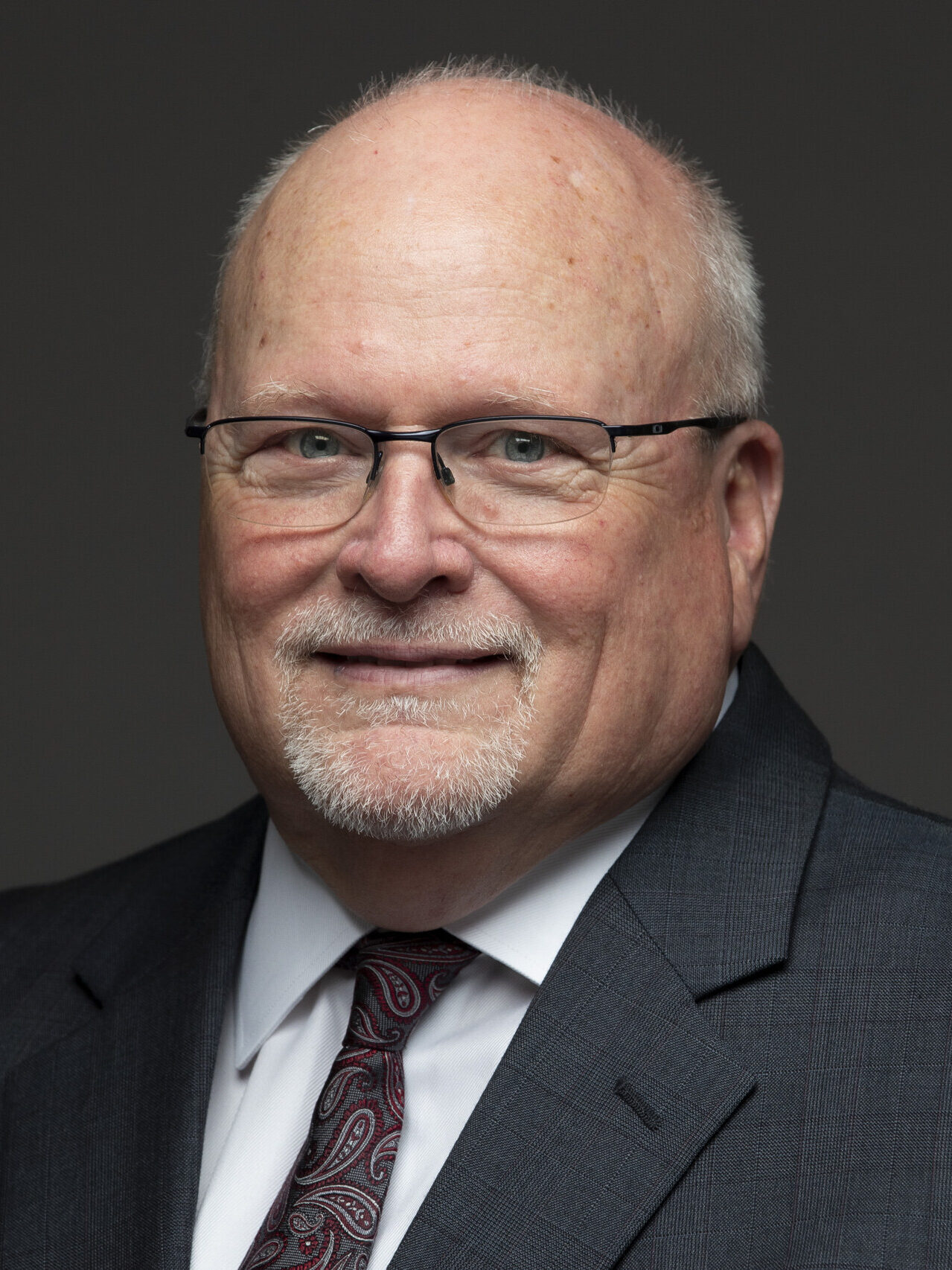
Barnett, 11th president of Brenau, previously served as executive vice president and chief financial officer at Brenau, overseeing the university’s day-to-day operations and its strategic financial planning. He also has served in executive leadership roles at six universities in Georgia and Kentucky, including appointments that spanned the spectrum of executive administrative and academic leadership.
Read the full story about Dr. Barnett from the 2024 Brenau Window Magazine.
This story originally appeared in the spring 2024 edition of the Brenau Window.
